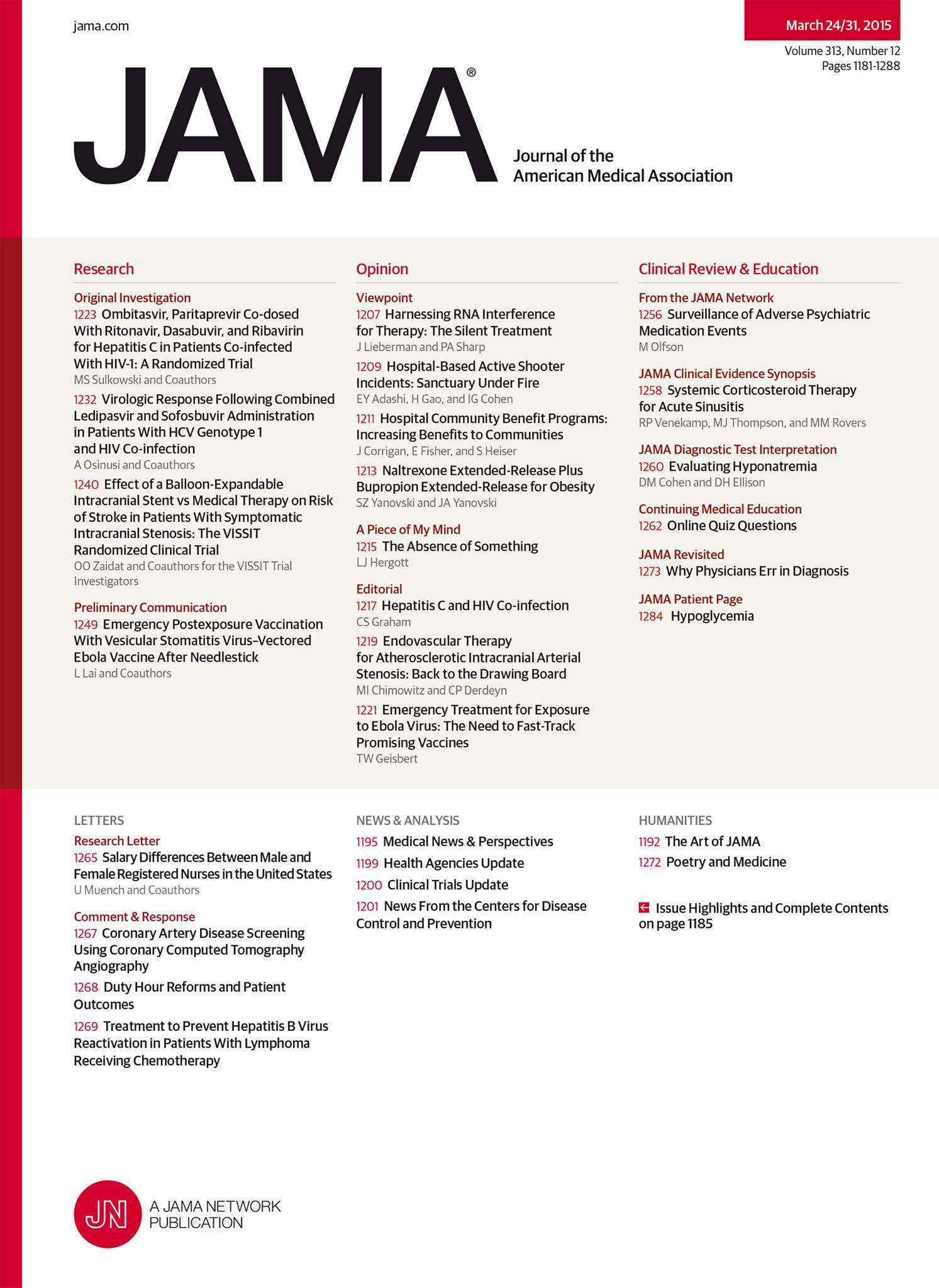
VitD supplementation, with or without calcium, does not reduce fracture rate in community adults

VitD supplementation, with or without calcium, does not reduce fracture rate in community adults
Vitamin D, Calcium, or Combined Supplementation for the Primary Prevention of Fractures in Community-Dwelling Adults: Evidence Report and Systematic Review for the US Preventive Services Task Force
JAMA. 2018 Apr 17;319(15):1600-1612Did you know you're eligible to earn 0.5 CME credits for reading this report? Click Here
Synopsis
A total of 8 randomized controlled trials were included for data on efficacy, and 9 randomized controlled trials were included for data on harms, in this meta-analysis which investigated the effects of vitamin D and/or calcium supplementation in community-dwelling adults over the age of 50 years. Overall, quantitative and qualitative assessment of fractures rates from efficacy studies demonstrated...
To view the full content, login to your account,
or start your 30-day FREE Trial today.
FREE TRIAL
LOGIN
Forgot Password?
Explore some of our unlocked ACE Reports below!

Learn about our AI Driven
High Impact Search Feature
Our AI driven High Impact metric calculates the impact an article will have by considering both the publishing journal and the content of the article itself. Built using the latest advances in natural language processing, OE High Impact predicts an article’s future number of citations better than impact factor alone.
Continue



 LOGIN
LOGIN

Join the Conversation
Please Login or Join to leave comments.